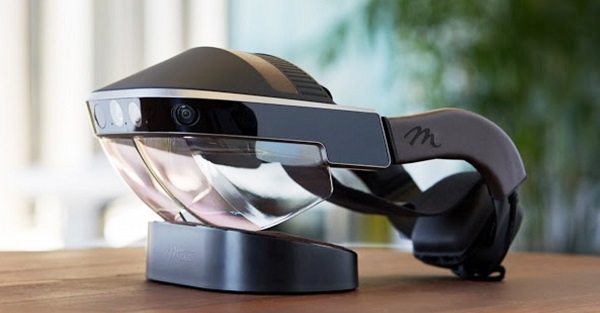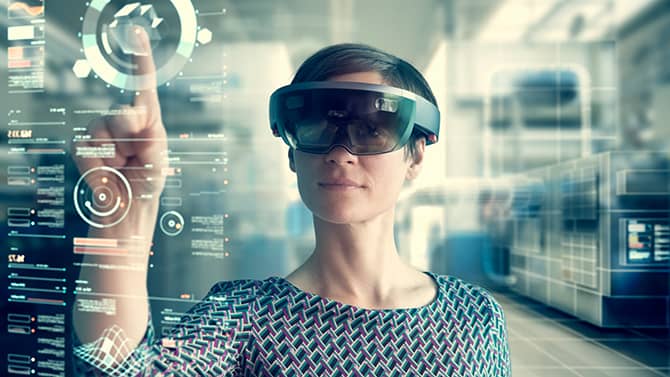
Augmented Reality Devices: Pioneering the Future of Digital Interaction
Augmented Reality (AR) is redefining the boundaries of digital interaction and technology. This comprehensive review explores the current landscape of AR devices, their capabilities, challenges, and the transformative impact they are poised to have on our future.
What is Augmented Reality?
The Essence of AR Technology
Augmented Reality is a technology that overlays digital information onto the physical world. Unlike Virtual Reality (VR), which creates a wholly digital environment, AR enhances reality by adding digital layers to it, making information more interactive and accessible. This technology is rapidly evolving, finding applications in various sectors from gaming to education and beyond.
Challenges in AR Development
Technical Complexities and User Experience
Developing AR technology presents unique challenges, particularly in creating seamless and intuitive user experiences. Technical limitations, such as processing power and battery life, also pose significant challenges for developers striving to create lightweight and efficient devices.
Integrating AR into Everyday Life
Another challenge lies in integrating AR into daily life in a way that feels natural and beneficial. Achieving widespread adoption requires overcoming social and practical barriers, ensuring AR devices enhance rather than disrupt, everyday experiences.
Advancements in AR Technology
Breakthroughs in Hardware and Software
Recent advancements in AR include improvements in hardware, like lighter, more comfortable headsets, and software that offers more realistic and interactive experiences. These developments are rapidly closing the gap between the digital and physical worlds.
The Role of AI in Augmented Reality
Artificial Intelligence (AI) plays a pivotal role in advancing AR technology. AI algorithms help in better understanding and interpreting the physical environment, making AR experiences more dynamic and responsive.
Current State of AR Devices
Market Leaders and Emerging Innovators
The current AR market is diverse, with established tech giants and innovative startups alike offering a range of devices. These devices vary in capabilities, from simple AR glasses to more complex systems designed for specific professional uses.

Practical Applications of AR
Transforming Industries with AR
AR is finding practical applications in numerous fields. In healthcare, for instance, AR assists in complex surgeries by providing real-time data overlays. In education, it offers interactive learning experiences, making abstract concepts tangible.
The Future of AR Devices
Envisioning a World Enhanced by AR
The future of AR devices is promising, with potential to fundamentally alter how we interact with our environment. As technology continues to advance, we can expect AR to become more integrated into our daily lives, offering enhanced, interactive experiences in a myriad of ways.





